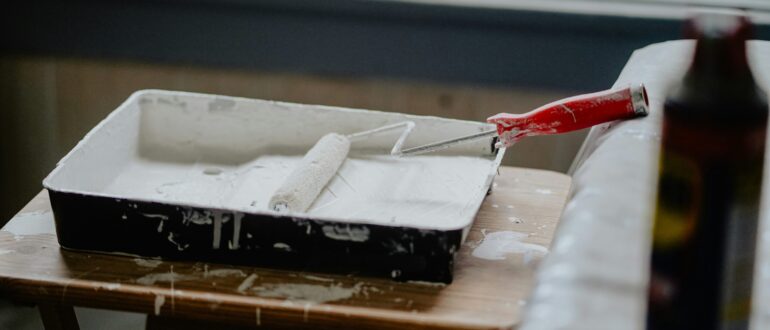Introduction
Renovating a home can be an exciting and rewarding project. Whether you are planning to update a single room or give your entire home a makeover, it is important to follow a proper order of renovation. This ensures that the process goes smoothly and that each step is completed in the most efficient way possible. In this blog post, we will discuss the correct order of renovation to help you achieve the best results for your home.
1. Planning and Design
Before diving into any renovation project, it is crucial to spend time on planning and design. This step involves assessing the current state of your home, identifying your goals and priorities, and creating a detailed plan for the renovation. Consider factors such as budget, timeline, and any specific requirements or preferences you may have.
During the planning and design phase, you may want to consult with professionals such as architects, interior designers, or contractors. They can provide valuable insights and help you make informed decisions about the layout, materials, and overall design of your renovation project.
2. Structural Repairs
Once you have a solid plan in place, it is time to address any structural repairs that may be needed. This step is essential for ensuring the safety and stability of your home. It may involve fixing issues such as a faulty foundation, leaky roof, or damaged walls.
Structural repairs should be prioritized before any cosmetic enhancements are made. It is important to address these issues early on to prevent further damage and additional costs down the line. Hiring a professional contractor for this stage is highly recommended, as they have the expertise to identify and fix structural problems effectively.
3. Plumbing and Electrical Work
After completing the necessary structural repairs, it is time to focus on the plumbing and electrical aspects of your renovation. This includes updating or replacing outdated plumbing systems, electrical wiring, and fixtures.
It is important to hire licensed professionals for this stage, as working with plumbing and electrical systems can be complex and potentially dangerous. They will ensure that all work is up to code and meets safety standards. Upgrading your plumbing and electrical systems not only improves functionality but also enhances the overall value of your home.
4. HVAC System
If your home has a heating, ventilation, and air conditioning (HVAC) system, it is recommended to address any necessary repairs or upgrades during the renovation process. This includes servicing or replacing the furnace, air conditioning unit, or ventilation system.
A properly functioning HVAC system is essential for maintaining a comfortable and energy-efficient home. It is best to consult with HVAC professionals to assess the condition of your system and determine if any repairs or upgrades are needed.
5. Insulation and Energy Efficiency
Improving insulation and energy efficiency is an important step in any renovation project. This includes adding or upgrading insulation in walls, floors, and attics, as well as installing energy-efficient windows and doors.
Enhancing insulation and energy efficiency not only helps reduce energy consumption and utility costs but also improves the overall comfort of your home. It is advisable to consult with professionals or energy auditors to determine the most effective strategies for your specific needs.
6. Interior Finishes
Once the essential structural and system upgrades are complete, you can move on to the interior finishes of your renovation project. This includes painting or wallpapering walls, installing flooring, and adding decorative elements such as trim, molding, and fixtures.
It is important to choose high-quality materials and finishes that align with your design vision and budget. Hiring professional painters, flooring installers, and carpenters can ensure a polished and professional result.
7. Exterior Improvements
Finally, if your renovation project involves the exterior of your home, it is time to focus on outdoor improvements. This may include landscaping, adding a deck or patio, repainting the exterior, or replacing windows and doors.
Enhancing the curb appeal and functionality of your home’s exterior not only enhances its overall value but also creates an inviting and aesthetically pleasing environment.
Conclusion
Following the correct order of house renovation in Dubai is essential for a successful and efficient project. Starting with planning and design, addressing structural repairs, and moving on to plumbing, electrical work, HVAC systems, insulation, and energy efficiency ensures that your home is in good shape before focusing on interior and exterior finishes. By following this order, you can achieve the best results and create a beautiful and functional space that meets your needs and preferences.




Comments 0